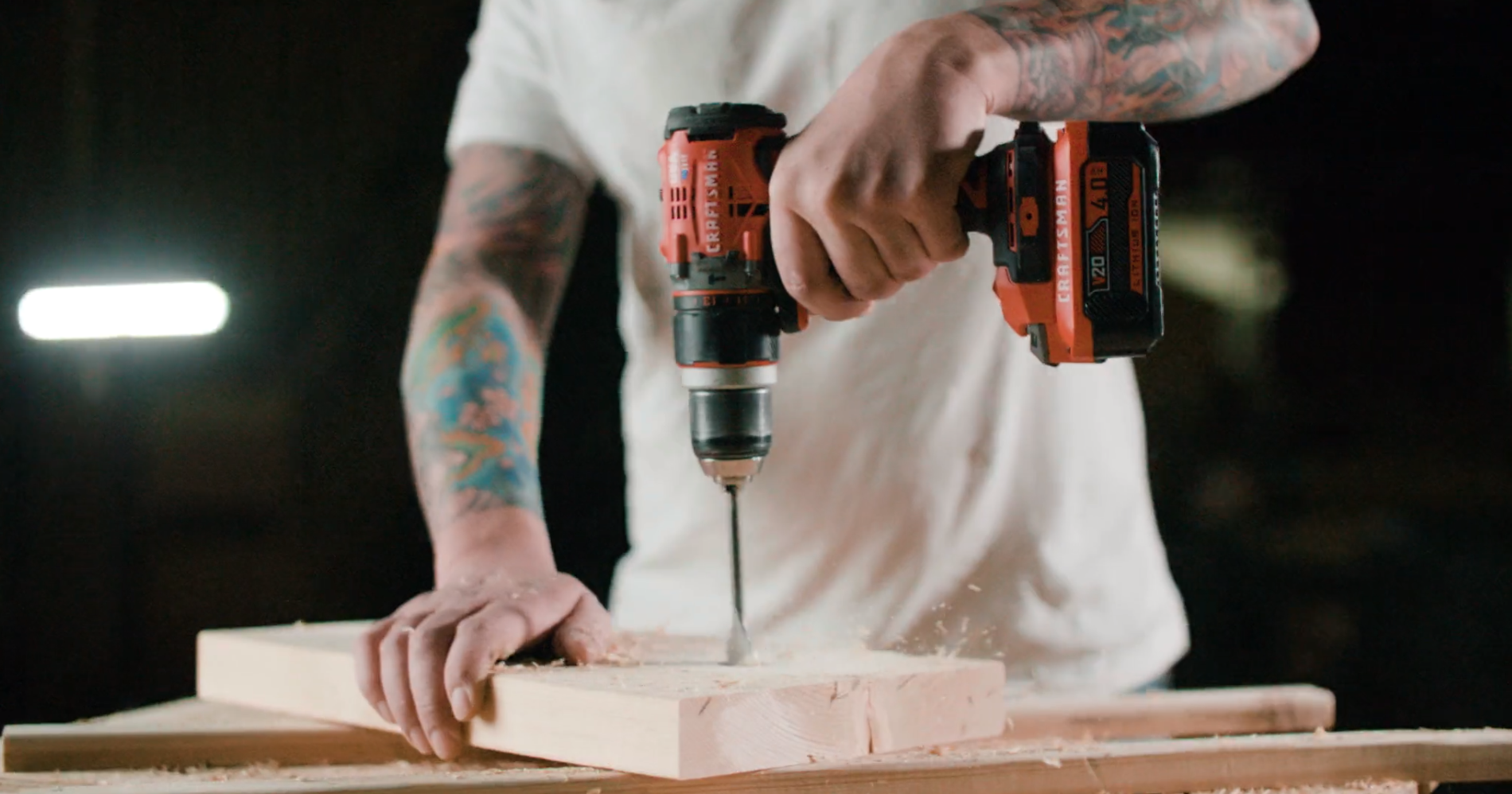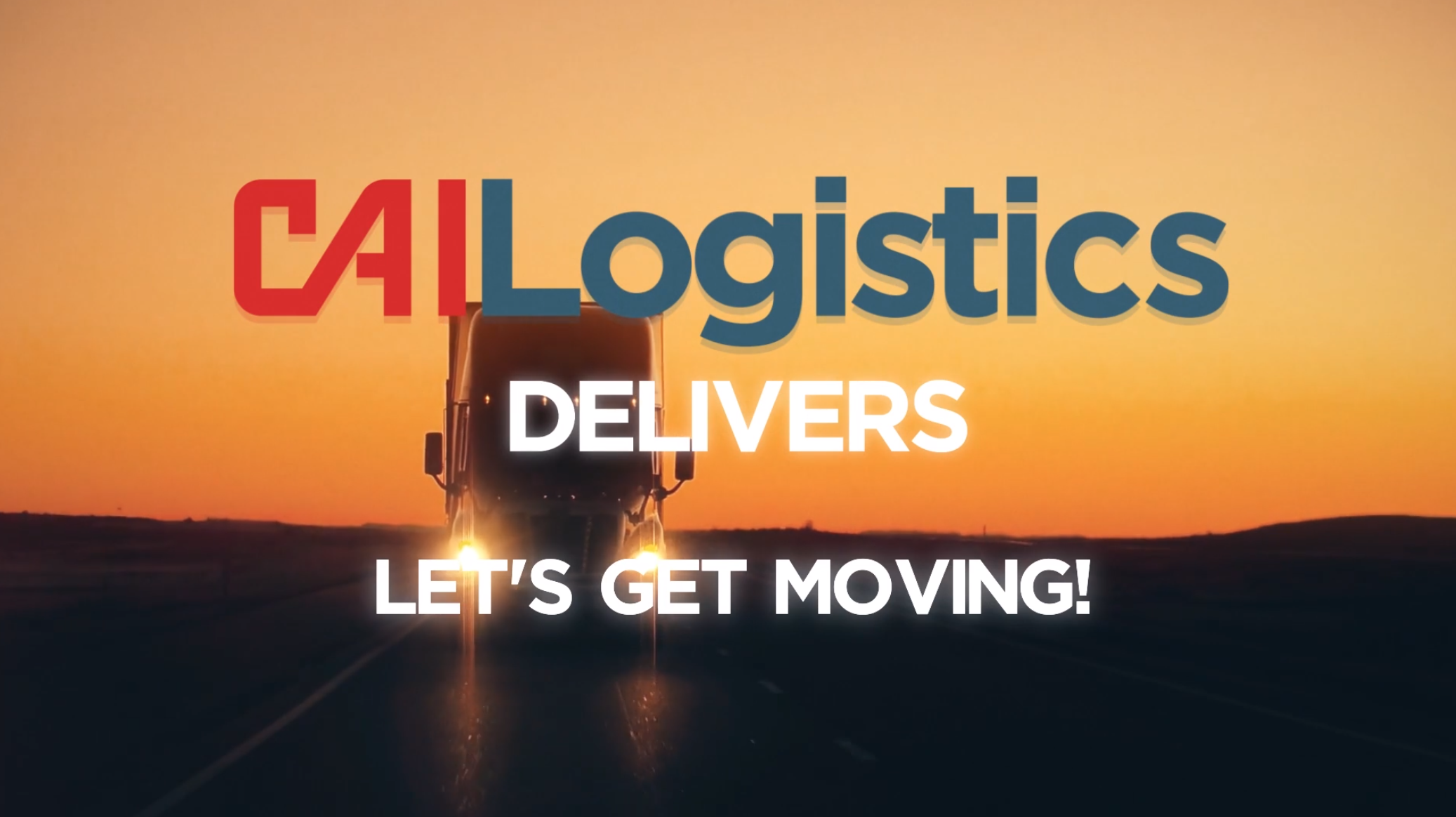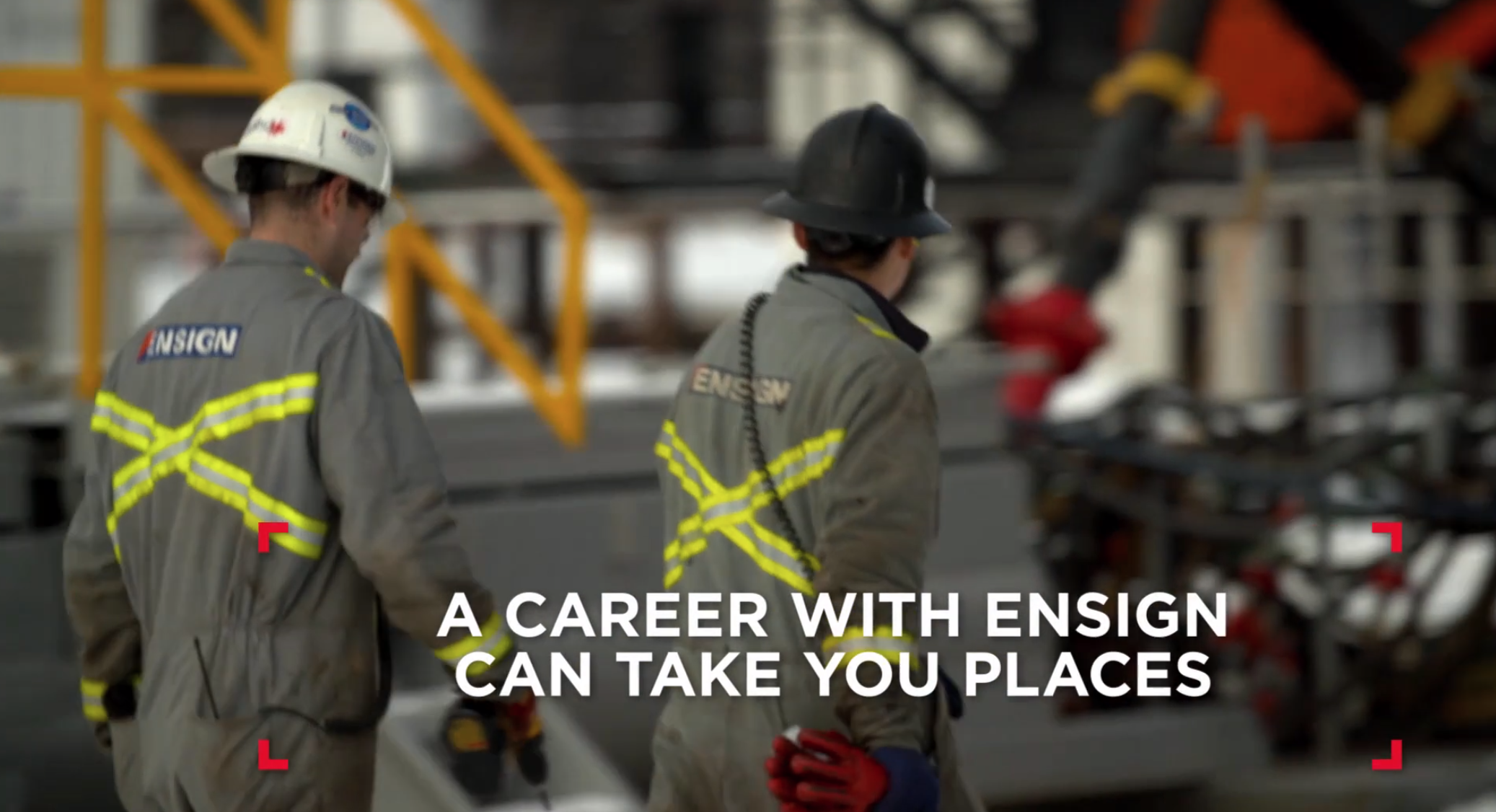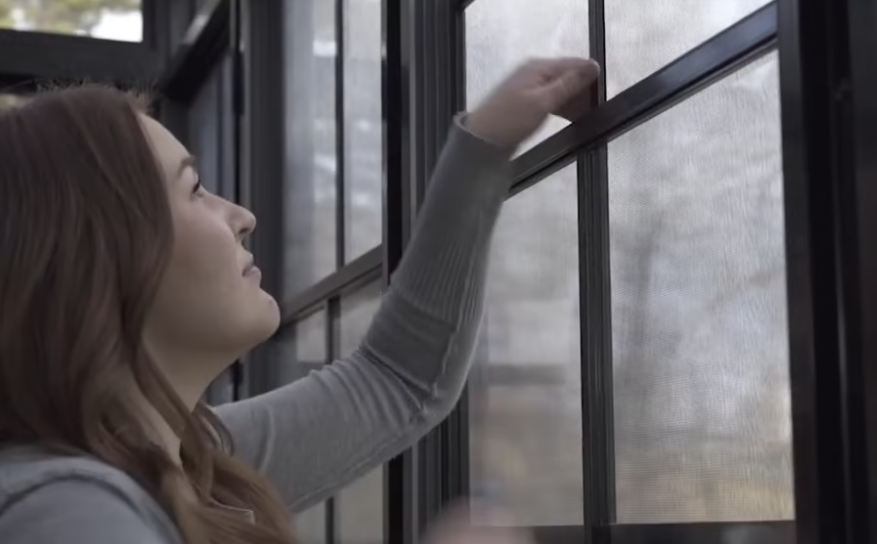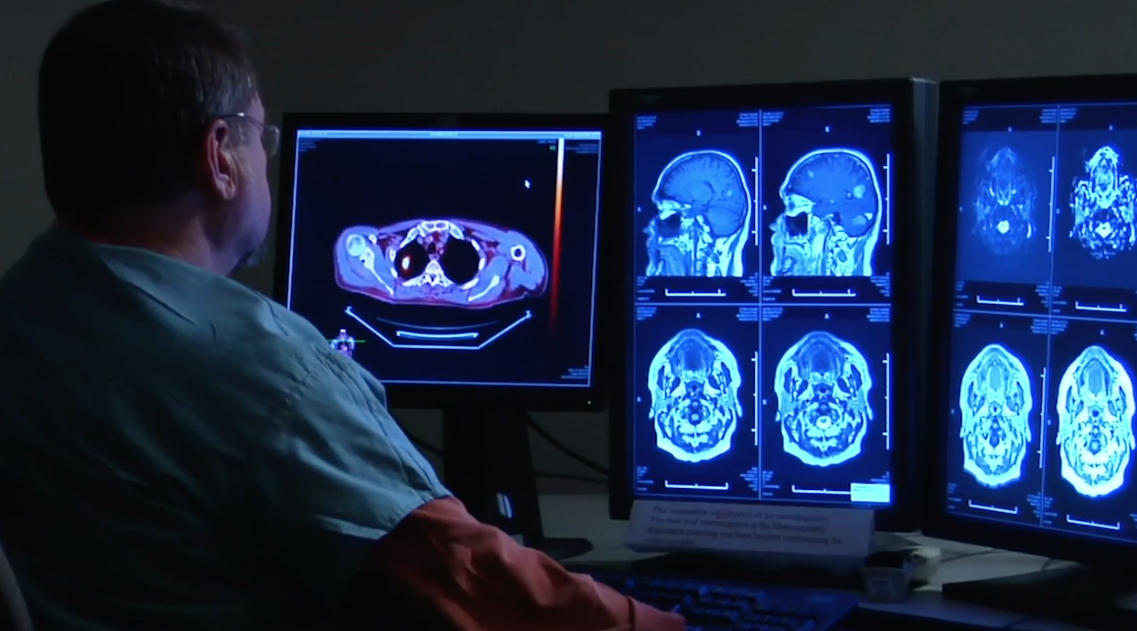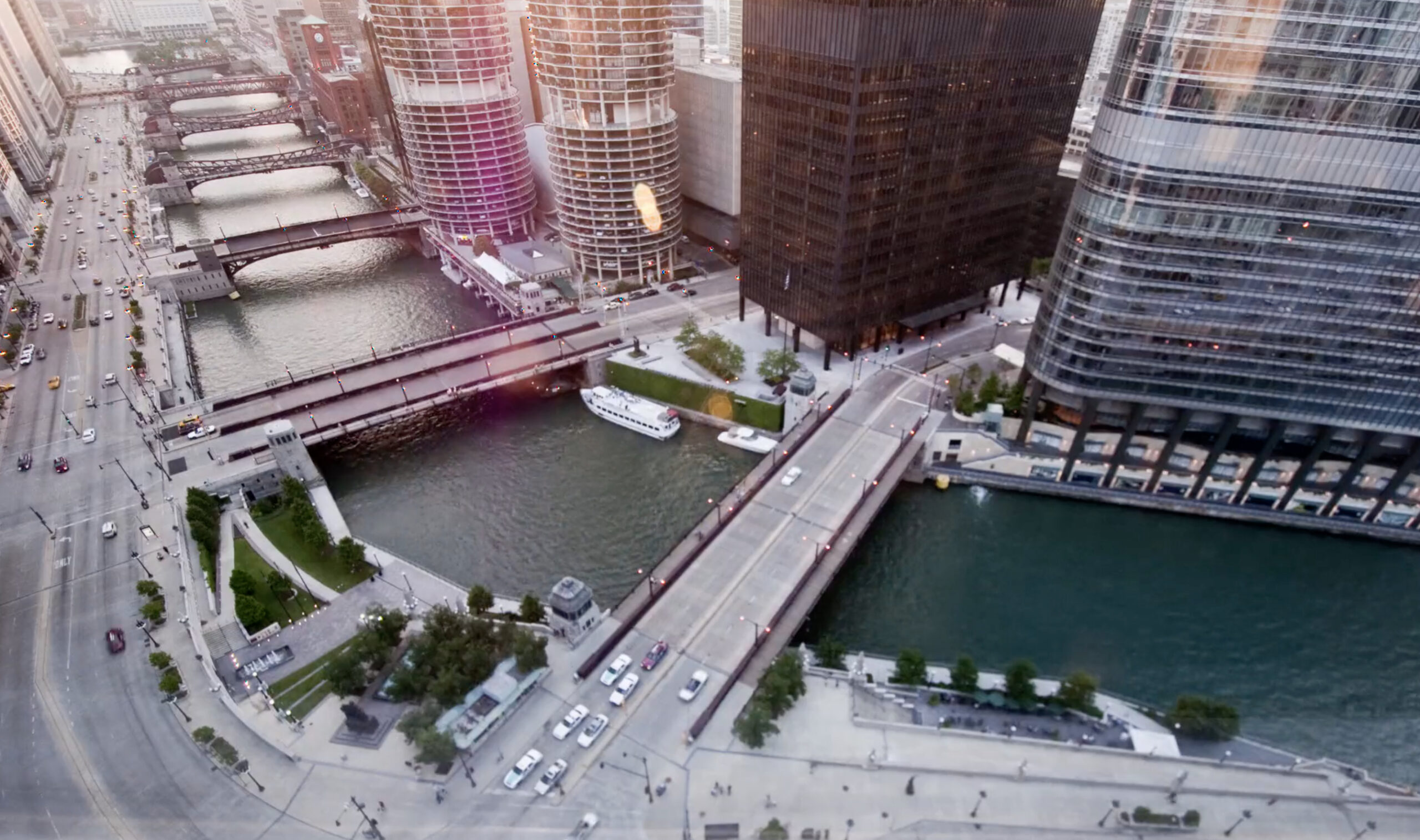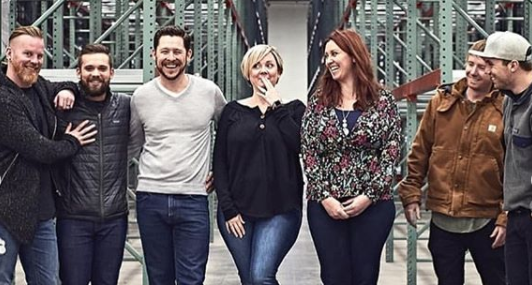Producing an industrial video can be an exciting opportunity to showcase how your operation works. It can be used for training, demonstrations, or even as a tool to help you find ways to improve the way you operate. To make it a success, though, you’ll need to ensure the shooting location, equipment, and overall plan is in place. Most industrial locations are working, high-risk areas that require special attention.
Create a Plan First
Before setting up the shoot, examine the area well. Know how much area you need for equipment. Create a storyboard to guide each of your shoots. It’s important to do this in an industrial setting as one of the first steps. Without doing so, there is no way to ensure that you’ll be able to make what you need to happen – most industrial spaces offer limited room and various pieces of large equipment that’s typically hard to shoot.
Focus on Safety
Talk to the industrial plant manager. Create a solid plan for how to keep every person involved safe, including those that are actually working at the location. As a key part of your shoot, you may be tempted to climb on equipment or use high ceilings. Be careful – there are electrical risks throughout any of these locations that need to be planned for well in advance.
Get Lighting Right
Some of the older industrial locations will have limited available light. Others use a great deal of overhead light streaming in from windows. More modern locations use natural light to reduce costs, but that light can be too bright in some cases. Plan for your lighting well in advance. Whenever possible, do some mockups for lighting specifically. Larger equipment creates big shadows, too, making it a bit more complex.
Make Your Presence Known
Filming in an industrial location takes a lot of practice, but it also gives you lots of opportunities. Pan the shot so that whoever is watching the video has an idea of the layout of the room. Show off all of that space. And, know the audience’s need. Do they need a close-up shot? Or, do they need to see the whole person moving around the area to understand their job? It’s important to know the process within the industrial location – how do things move through space and what’s accomplished, to ensure you can shoot it well.
Take the time necessary to create a professional industrial shoot. Working with a production company helps minimize the most common mistakes in this process. Don’t overlook the importance of ample planning, the right equipment, and a flexible shoot that gives you plenty of options to modify the space or picture to get your desired outcome.




